The burgeoning trend of transforming shipping containers into functional trailers has captured the imagination of DIY enthusiasts and entrepreneurs alike. Shipping containers, originally designed for robust transportation of goods across the globe, offer an outstanding foundation for creating customized, portable solutions. In this article, we will delve into the intricate steps, considerations, and innovative ideas to efficiently convert a shipping container into a trailer, maximizing utility, durability, and aesthetic appeal.
Understanding the Basics
What is a Shipping Container?
At its core, a shipping container is a standardized, reusable metal box, typically made from Corten steel, manufactured to withstand the rigors of ocean shipping. Containers come in various sizes—most commonly 20 feet and 40 feet long—and are capable of withstanding substantial weight and rough handling.
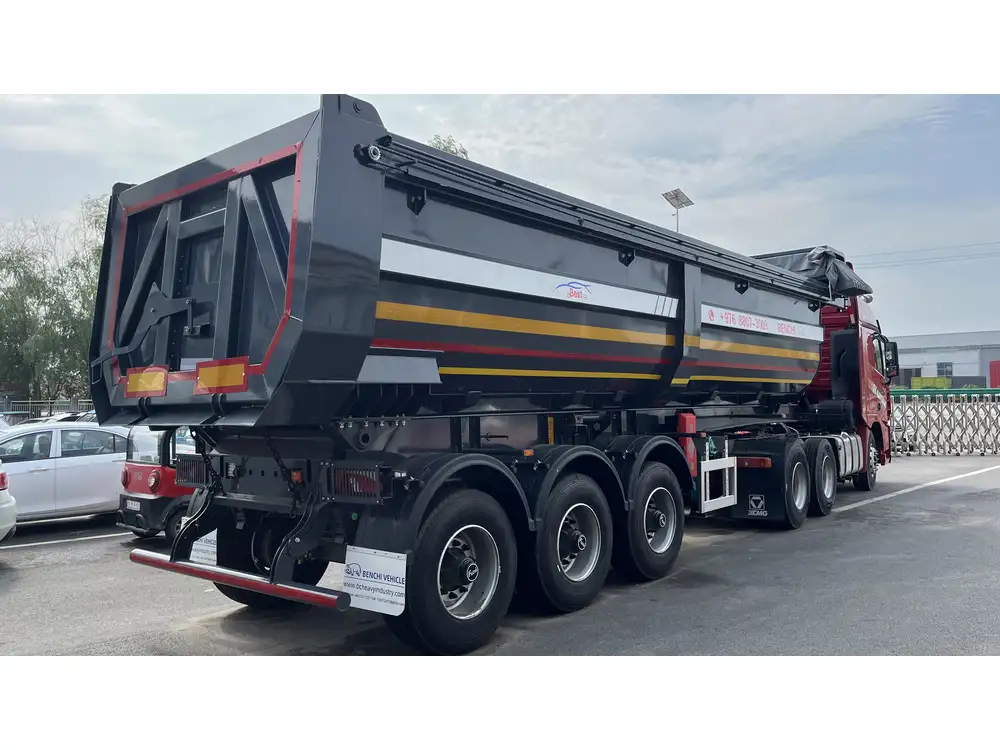
Why Use Shipping Containers as Trailers?
Choosing to transform a shipping container into a trailer presents numerous advantages:
- Durability: Resistant to weather and wear, these containers are designed for tough environments.
- Security: Steel construction offers enhanced security for the contents within.
- Cost-Effectiveness: Compared to traditional trailer options, recycled containers can be more affordable.
- Versatility: They can be modified for diverse applications—storage, mobile workshops, or even living spaces.
Initial Considerations
Legal Regulations and Permitting
Before embarking on this transformation, it is essential to consult local regulations regarding trailer construction and road transportation. Different jurisdictions have varied stipulations, and you may need permits for modifications that ensure safety and legal roadworthiness.
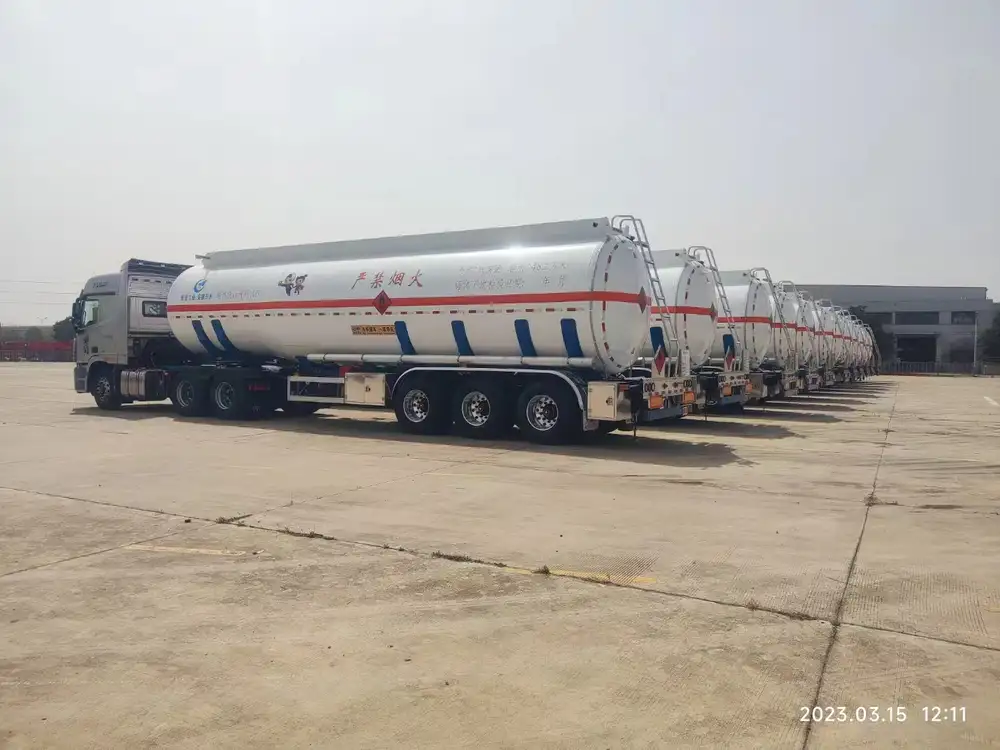
Key Points to Consider:
- Zoning Laws: Confirm if your project complies with local zoning laws.
- Weight Restrictions: Understand the weight limits applicable for trailers in your area.
- Trailer Registration: Register your new trailer with local authorities post-construction.
Design Planning
Meticulously planning the design is crucial. Begin by outlining its intended use—whether it’s for transporting goods, serving as a mobile event space, or functioning as a pop-up shop.
Designing Your Container Trailer:
- Purpose Identification: What will you be using your trailer for?
- Layout Configuration: Develop a floor plan, considering the entrance points, windows, and interior organization.
- Aesthetic Norms: Decide if you want to retain the industrial look or customize the exterior with paint, signage, or insulation.

Step-by-Step Guide to Conversion
Step 1: Selecting Your Container
The journey begins with selecting the right container. Consider aspects like structural integrity, size, and condition.
| Factor | Description |
|---|---|
| Condition | Inspect for rust, dents, and structural damages. Ensure it is watertight and has functional doors. |
| Size | Choose between a standard 20 ft or 40 ft container depending on your transportation needs. |
| Weight Capacity | Assess the maximum weight your trailer will need to support, including cargo and any modifications made. |
Step 2: Preparing the Container
Once the right container is selected, the next step involves prep work, which includes:
- Cleaning: Remove any debris, dirt, or previous cargo residues to maintain a neat workspace.
- Rust Treatment: Apply necessary anti-corrosion treatments if rust is present.
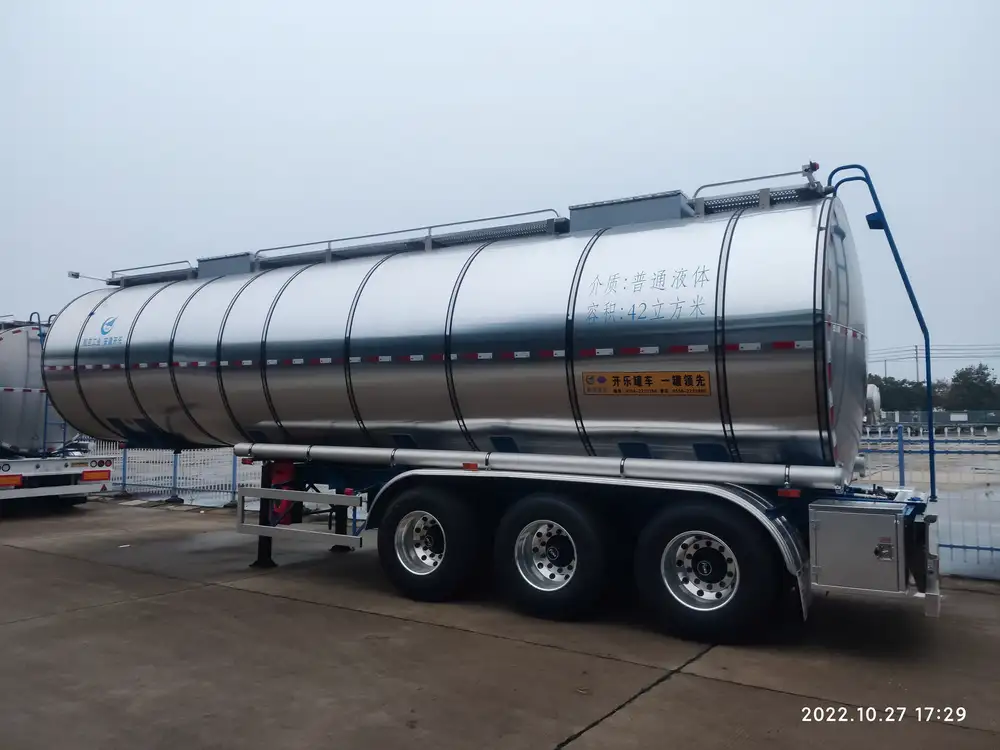
Step 3: Structural Modifications
While the container is robust, some modifications may be needed for trailer functionality:
Framework Reinforcement
- Adding a Frame: An internal frame may be constructed to support the container and attach it securely to the trailer components.
Modifications for Mobility
- Wheels & Axles: Install professional-grade axles and wheels, opting for heavy-duty options designed for the container’s weight. Ensure they comply with safety standards.
- Hitch Installation: Properly affix a hitch to allow for secure coupling with tow vehicles.
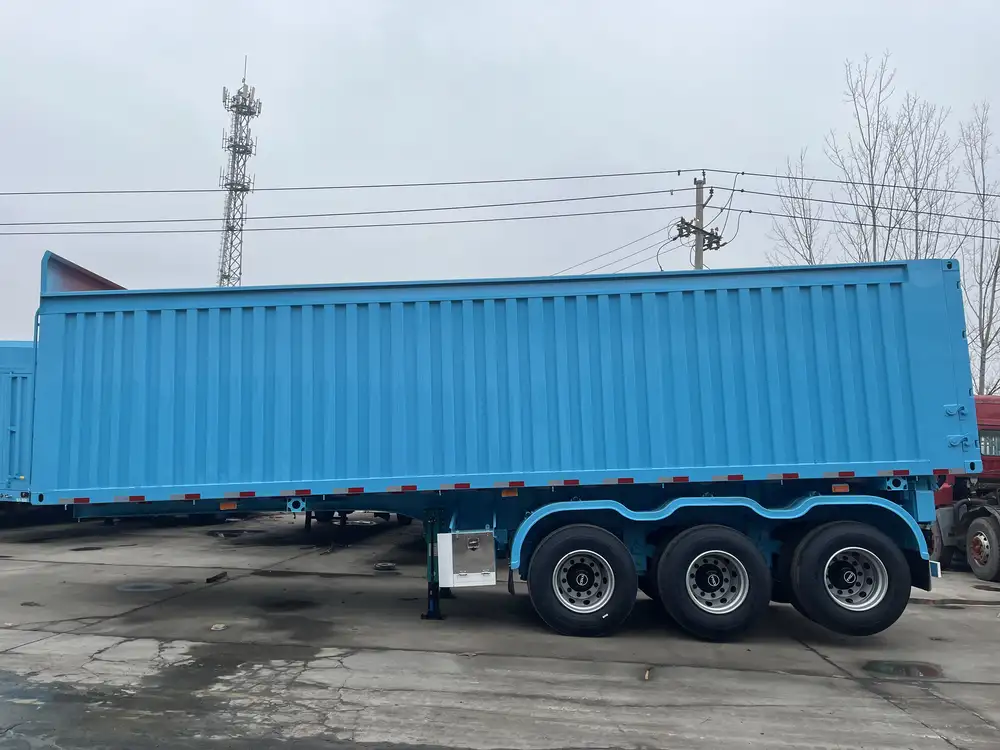
Step 4: Functional Enhancements
As you move beyond basic modifications, consider what functionalities to include:
- Interior Layout: Design spaces for shelves, storage, or work stations.
- Electrical Installations: Plan for lights, power outlets, and potentially solar panels for energy independence.
- Ventilation and Insulation: Optimize for temperature control through vents or insulation to make the space comfortable to use.
Step 5: Exteriors and Aesthetics
To enhance both utility and appeal, focus on exterior modifications:
- Paint and Finish: Apply rust-inhibiting paint and choose colors that reflect your brand or personal style.
- Windows and Doors: Installing windows can facilitate ventilation and natural light, while additional doors can make access easier.
Step 6: Final Touches
Before taking your shipping container trailer on the road, ensure to finalize all aspects:
- Safety Features: Equip with essential safety features such as lights, indicators, and reflectors.
- Functional Tests: Conduct thorough checks on the structural integrity and roadworthiness prior to usage.
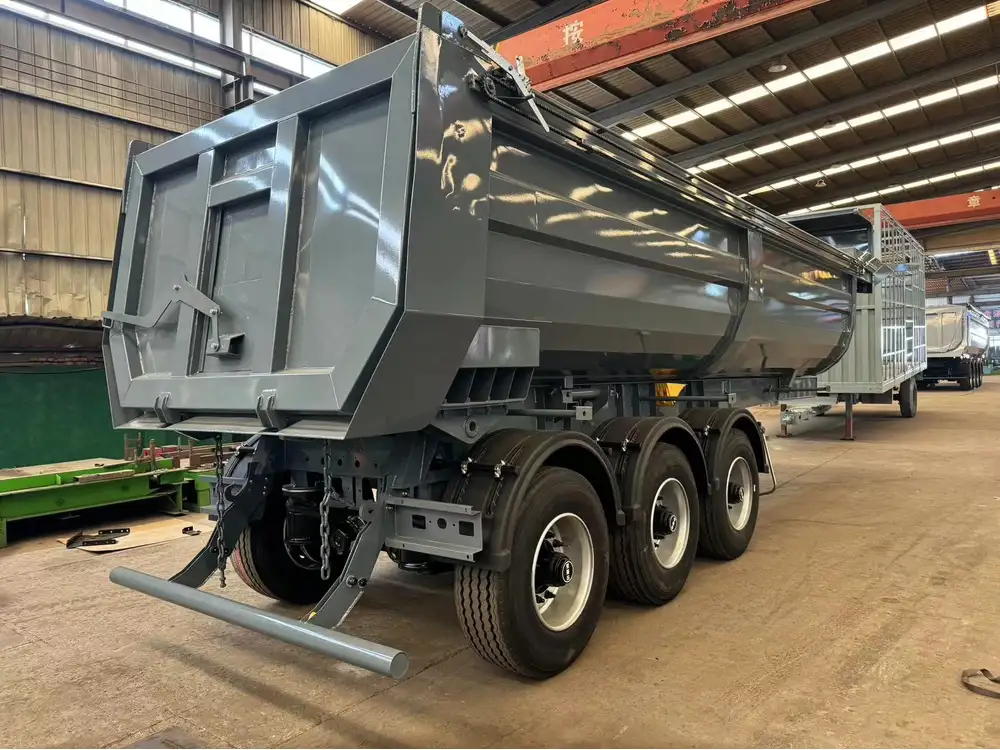
Troubleshooting Common Issues
Transforming a shipping container into a trailer can present challenges. Here are some issues you may encounter and how to address them:
Structural Weaknesses
Problem: If the frame is weak, it might cause sway while towing.
Solution: Reinforce the trailer’s structure using additional bracing and ensure that the hitch joint is securely fastened.
Weight Load Concerns
Problem: Exceeding weight limits can cause accidents or legal issues.
Solution: Always calculate the total weight, considering the container itself plus any gear or equipment added inside. Consult local regulations for weight limits.
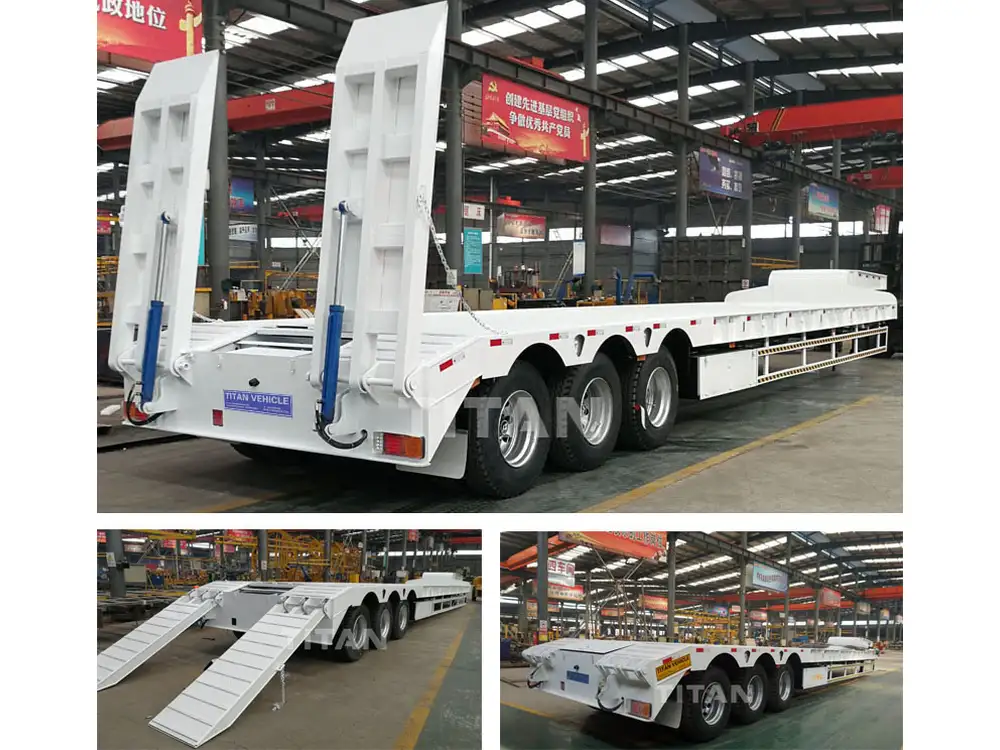
Towing Issues
Problem: Conflict between tow vehicle and trailer capacities.
Solution: Use a tow vehicle capable of handling the container trailer’s weight. Check compatibility with both hitch classes and vehicle towing capacity.
Innovative Uses for Container Trailers
Beyond traditional applications, the potential uses for shipping container trailers are vast and inventive:
| Innovative Use | Description |
|---|---|
| Mobile workshops | Ideal for artisans, mechanics, or contractors to utilize tools and supplies in various locations. |
| Pop-up shops or food trucks | Create a vibrant retail experience or food service venue that can be transported for local events. |
| Mobile offices | Equip with internet, furniture, and utility for remote working possibilities on construction sites. |
| Temporary accommodation | Adapt into a mobile living quarter for camps, festivals, or disaster relief efforts. |
Environmental Considerations
As trailers built from shipping containers become increasingly popular, it’s important to note the positive environmental implications of recycling these durable structures:
- Sustainability: Repurposing shipping containers reduces the demand for new materials.
- Energy Efficiency: Modified containers can be designed to minimize energy consumption through solar panels and efficient insulation practices.
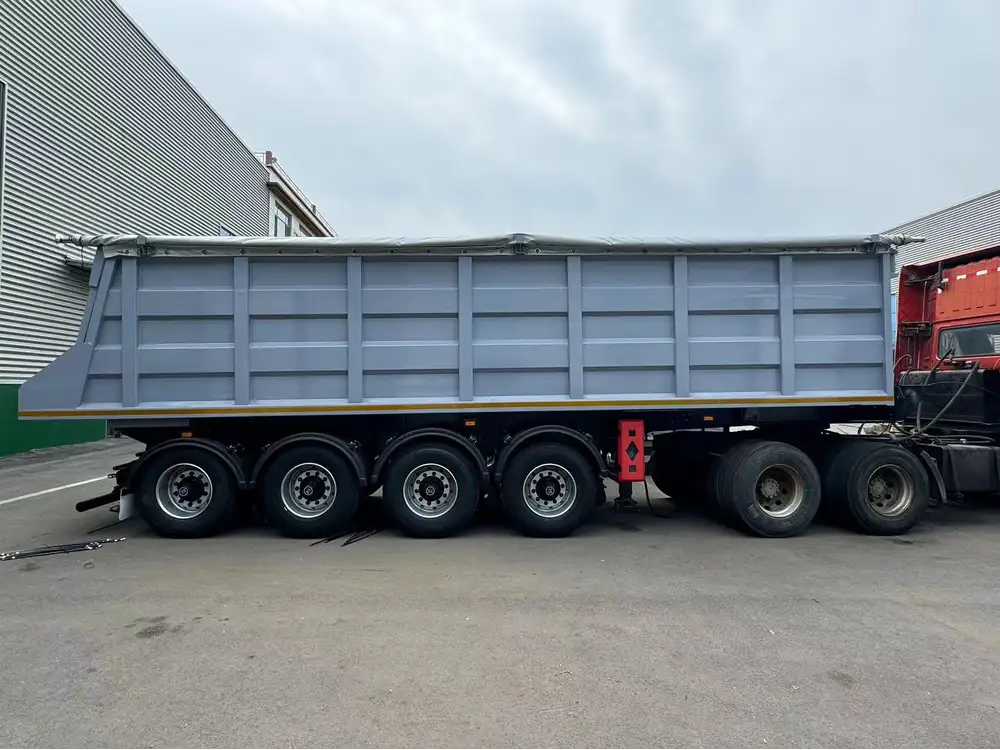
Conclusion
Turning a shipping container into a trailer offers not just a functional and durable solution but also an opportunity for creativity and sustainability. By following a meticulous process that includes planning, legal compliance, and innovative modification, anyone can engage with this trend to fulfill their specific transport needs. Whether for business, recreation, or beyond, the world of shipping container trailers is vast and largely unexplored.
By utilizing this comprehensive guide, prospective creators can confidently embark on their journey of transformation, ensuring that their final product is a remarkable amalgamation of practicality and personal flair. Start envisioning your container-towed transformation today, and uncover the limitless possibilities that await.



